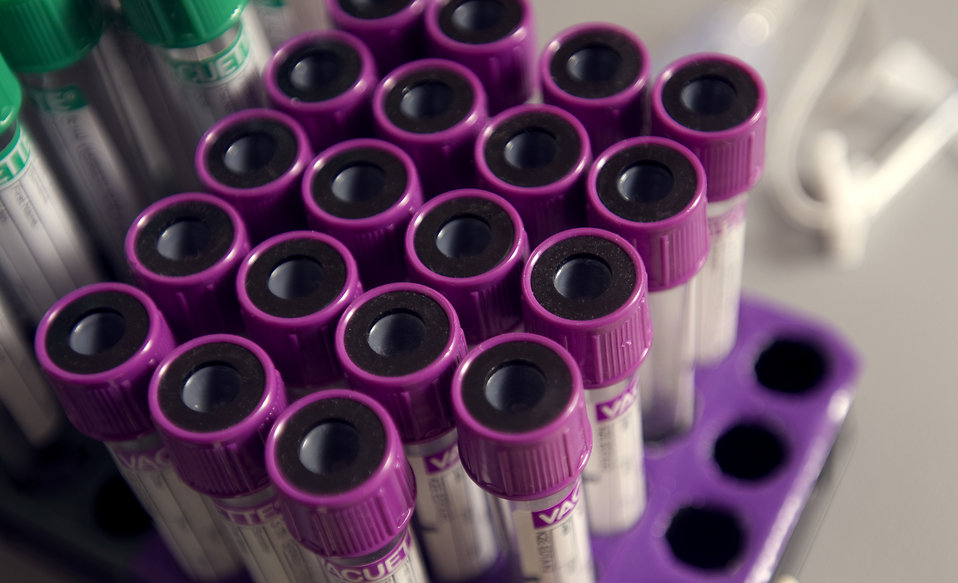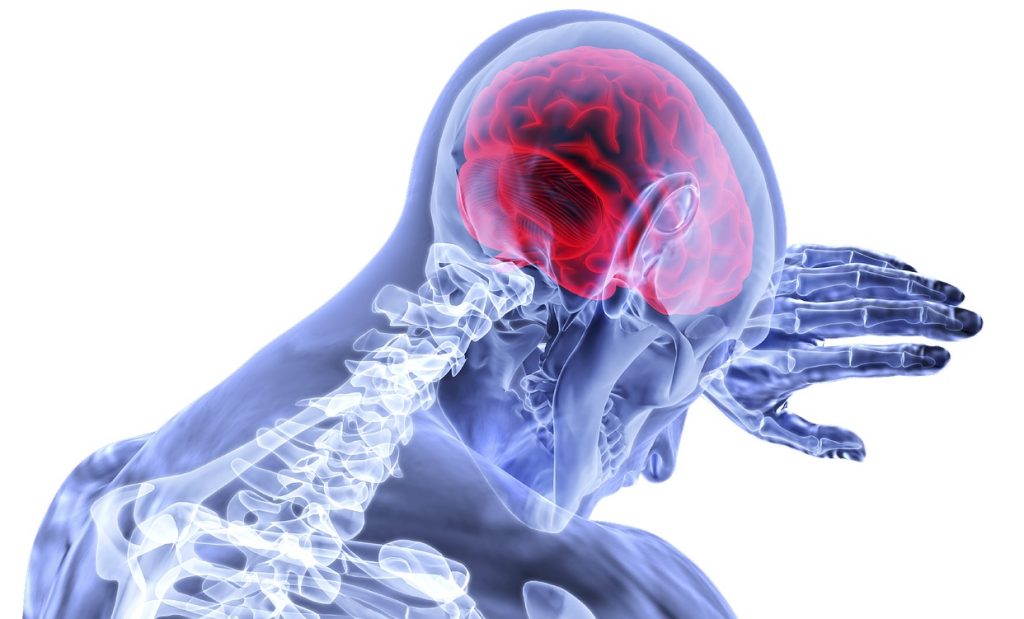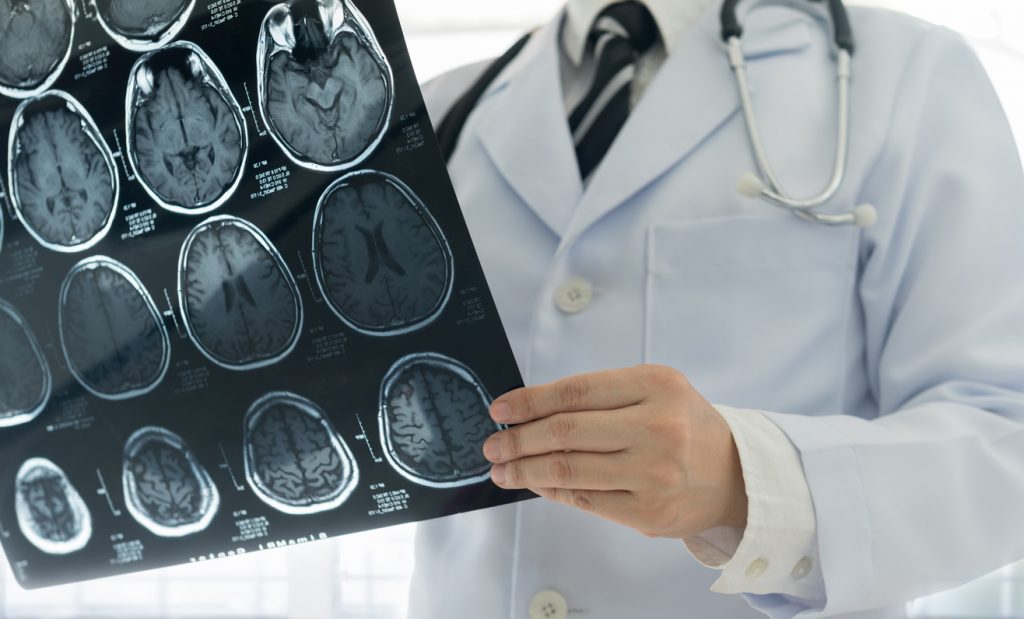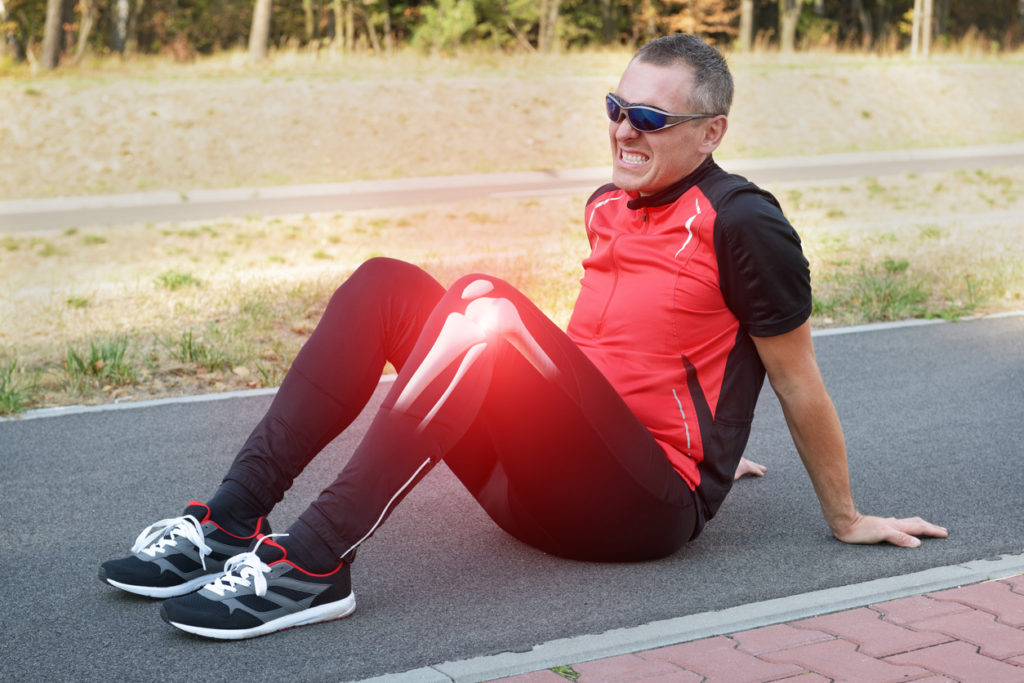- What is the spinal cord?
- What does the spinal cord do?
- Overall structure
- A cross-section of the spinal cord
- Spinal nerves
- What are reflexes?
- Aging of the spinal cord
What is the spinal cord?
The spinal cord is a long cylinder of nerves that runs from the base of your brain through the vertebral canal through the backbone. It is part of the central nervous system (CNS) along with the brain. It is divided into different segments. Each segment contains a pair roots made out of nerve fibres. The two roots in the pair are called the dorsal (towards the back) and ventral (away from the back) roots. The spinal cord is about 45 cm in length and 2 cm in diameter in adults, and is involved in many important functions of the body.
What does the spinal cord do?
The spinal cord carries out the following major functions:
- Electrical communication. Electrical signals are conducted up and down the cord, allowing communication between different sections of the body and with the brain, since the cord runs through different levels of the trunk section.
- Walking (also known as locomotion). During walking, several muscle groups in the legs are coordinated to contract over and over again. Although the act of putting one foot in front of the other while walking may seem simple to us, it has to be carefully coordinated by several groups of neurons known as central pattern generators in the spinal cord! These neurons send signals to the muscles in the legs, causing to the extend or contract, producing the alternating movements that are involved in walking.
- Reflexes. These are predictable involuntary responses to stimuli that involve the brain, spinal cord and nerves of the peripheral nervous system (PNS). Reflexes are further discussed later in this article.
Overall structure
The spinal cord exits through a large hole in the base of the skull and is enclosed by the protective vertebral column. Pairs of nerves known as spinal nerves emerge from the spaces between the bony arches of the vertebrae. These spinal nerves are named according to what section of the vertebral column they come from. These regions are:
- Cervical (neck)
- Thoracic (chest)
- Lumbar (abdominal)
- Sacral (pelvic)
- Coccygeal (tailbone)
One interesting fact about the spinal cord is that it only takes up about 2/3 of the vertebral canal in which it is housed. This is because the vertebral column grows faster than the spinal cord, so that as the person grows, the cord takes up less and less space. By the time you reach adulthood, the spinal cord only extends to the first lumbar vertebrae.
A cross-section of the spinal cord
Information on re-publishing of our images
If you cut the spinal cord cross-sectionally, you would see some grey material in the shape of a butterfly in the middle of a white surround. The grey butterfly-shaped region is called grey matter, while the surrounding white material is called white matter. The grey matter forms a core which consists of four projections called “horns”. There are two dorsal horns (near the back) and two ventral horns (away from the back). The grey matter in the core is mainly made up of neurons, interneurons and glial cells, which are all cells of the central nervous system. You can learn more about these cells here.
Get on top of your physical health
Find and instantly book affordable physios within Australia
White matter
The white consists of bundles of nerve fibres called axons that extend the length of the cord and run up and down it. This allows different levels of the CNS to communicate with one another. Each bundle of axons is known as a tract, and is specific in the type of information it transmits. Ascending tracts send signals towards the brain, while descending tracts transmit signals from the brain to neurons in various muscles and glands throughout the body.
Grey matter
The grey matter is also organised according to function. The central canal is filled with cerebrospinal fluid (CSF) in the centre of the grey matter. Grey matter can be divided into two halves, and each half divided into a dorsal horn (towards the back), ventral horn (away from the back) and lateral horn (towards the side). The different horns have different functions. For example, the ventral and dorsal horns supply different types of muscle – the ventral horn contains the cell bodies of neurons that supply skeletal muscle, while the lateral horn contains cell bodies that supply cardiac and smooth muscle.
Spinal nerves
Spinal nerves provide a means of communication between the spinal cord and the rest of the body. A nerve is a cordlike organ made up of several axons that are bound together. The number of axons (also known as nerve fibres) in a nerve can vary anywhere from just a handful of fibres to more than a million. Nerves tend to have a pearly white colour and can look like frayed string as they get more and more divided. There are 31 pairs of spinal nerves altogether:
- 8 cervical nerves in the neck region, known as C1, C2, …, C8
- 12 thoracic nerves in the chest region, known as T1-T12
- 5 lumbar nerves in the abdominal region, known as L1-L5
- 5 sacral nerves in the pelvic region, known as S1-S5
- 1 coccygeal in the tailbone region, known as Co
Spinal nerve injuries
There are two spinal nerves that are particularly vulnerable to injury – the radial and sciatic nerves.
Crutch paralysis
Crutches that are improperly adjusted can sometimes cause crutch paralysis by compressing the radial nerve, which passes through the underarm, against the upper arm bone.
Sciatica
The major nerve of the hip and thigh, the sciatic nerve, is the most vulnerable nerve in the body. Damage to this nerve causes a condition known as sciatica. Patients suffering from this condition experience a sharp pain travelling from the buttock area along the back side of the thigh and leg down to the ankle. 90% of cases result from a herniated intervertebral disc or osteoarthritis of the spine. However, sciatica can also be produced by a pregnant uterus, hip dislocation, incorrect injections in the buttock, or sitting for a long time on the edge of a hard chair.
What are reflexes?
Reflex are automatic response that don’t need conscious effort – ie. you don’t need to think about it. A reflex can be simple and basic, or acquired and conditioned. Simple reflexes are built-in responses that are not learned. Eg. Pulling the hand away from a hot object. Acquired reflexes require practice and learning. Eg. Playing the piano comes naturally to a pianist, but only after a lot of time and effort has gone into training.
There are basically 5 components to a reflex:
-
Receptor – the receptor responds to a stimulus by producing an electrical signal called an action potential.
-
Afferent pathway – afferent means “towards”. The afferent pathway sends the action potential towards the integrating centre.
-
Integrating centre – the integrating centre is usually the central nervous system, and processes all action potentials it receives. It processes all this information, and then “decides” how the body should response. It then sends its instructions to the efferent pathway.
-
Efferent pathway – the response is transmitted through the efferent pathway to the effector organ
-
Effector organ – the effector organ carries out the desired response. This organ is usually a muscle or gland in the body.
A reflex differs from concious behaviour in that the pathway between the receptor and effector organ is always the same, so that the response is predictable. Conscious behaviour can involve several different responses and is not always predictable.
Withdrawal reflex – Withdrawing from pain
The withdrawal reflex is an example of a simple basic spinal reflex. This reflex causes us to withdraw instinctively and quickly from sources of pain.
When a person feels pain, for example, when touching a burning hot stove, a withdrawal reflex is initiated to pull the hand away from the stove. Receptors on the skin send information to the CNS using action potentials to tell the CNS that pain is being experienced through a neuron specialised in sending information to the CNS called an afferent neuron. The stimulus must be strong enough to stimulate the receptor to a great enough level to initiated action potentials. Stronger stimuli generate action potentials of greater frequency.
The withdrawal reflex from a hot stove can be summarised as follows:
- An afferent neuron stimulates excitatory interneurons, which in turn stimulate neurons in the biceps, an upper arm muscle, causing it to contract. This pulls the hand away from the hot stove.
- The same afferent neuron also stimulates inhibitory interneurons, which in turn inhibit the neurons in the triceps, another upper arm muscle that performs opposite actions to the biceps. The triceps is therefore prevented from contracting while the biceps is contracting, since contracting both muscles at the same time would be counterproductive. This type of neuronal connection that stimulates the nerve supply to one muscle and inhibits the nerve supply to the antagonist muscle (the muscle that opposes the action of the other) is known as recoprocal innervations.
It is possible to override the withdrawal reflex to pain, so that the biceps is prevented from contracting despite a painful stimulus. This happens for example when you get a blood sample taken. When your finger is pricked, pain receptors are stimulated. You feel pain and the withdrawal reflex is initiated. However, knowing that you must not pull your hand away so that the sample can be taken, you can consciously override the reflex by inhibiting neurons in the biceps, and exciting neurons in the triceps (the opposite of what the reflex does). The neurons in the biceps end up being more inhibited voluntarily than they are excited by the reflex, while the neurons in the triceps end up being more excited voluntarily than they are inhibited by the reflex. The triceps contracts, and the biceps does not, keeping the arm extended despite the painful stimulus, hence voluntarily overriding the withdrawal reflex.
Stretch reflex
There is only one reflex that is simpler than the withdrawal reflex – the stretch reflex. This reflex involves an afferent neuron (sending signals to the CNS) at a strecth-detecting receptor in a skeletal muscle. This afferent is linked directly to the efferent neuron (sending signal from the CNS) supplying the same muscle, so that when the muscle is stretched, signals from the brain cause the muscleto contract and oppose the stretch.
Aging of the Spinal Cord
The discs between the vertebrae of the spinal cord become increasingly hard and brittle as the body ages, making them more susceptible to damage. Some parts of the spinal cord may also become overgrown. The discs are also less able to cushion the pressure from the spinal cord, resulting in large amounts of pressure being built up on the cord and nerve roots. This can reduce sensation and the sense of balance.
References
- Dudek RW, Fix JD. Embryology. Lippincott Williams & Wilkins; 2004.
- Martin JH. Neuroanatomy – Text and atlas. Appletone & Lange: Connecticut; 1989.
- Saladin KS. Anatomy and physiology – the unity of form and function. 3rd ed. New York: McGraw-Hill; 2004.
- Sherwood LS. Human physiology – from cells to systems. 5th ed. Belmont: Brooks/Cole – Thomson Learning; 2004.
- Goldman SA. Effects of Aging. Merck 2007 [cited 2008 20th April]; Available from: http://www.merck.com/mmhe/sec06/ch076/ch076e.html
All content and media on the HealthEngine Blog is created and published online for informational purposes only. It is not intended to be a substitute for professional medical advice and should not be relied on as health or personal advice. Always seek the guidance of your doctor or other qualified health professional with any questions you may have regarding your health or a medical condition. Never disregard the advice of a medical professional, or delay in seeking it because of something you have read on this Website. If you think you may have a medical emergency, call your doctor, go to the nearest hospital emergency department, or call the emergency services immediately.







